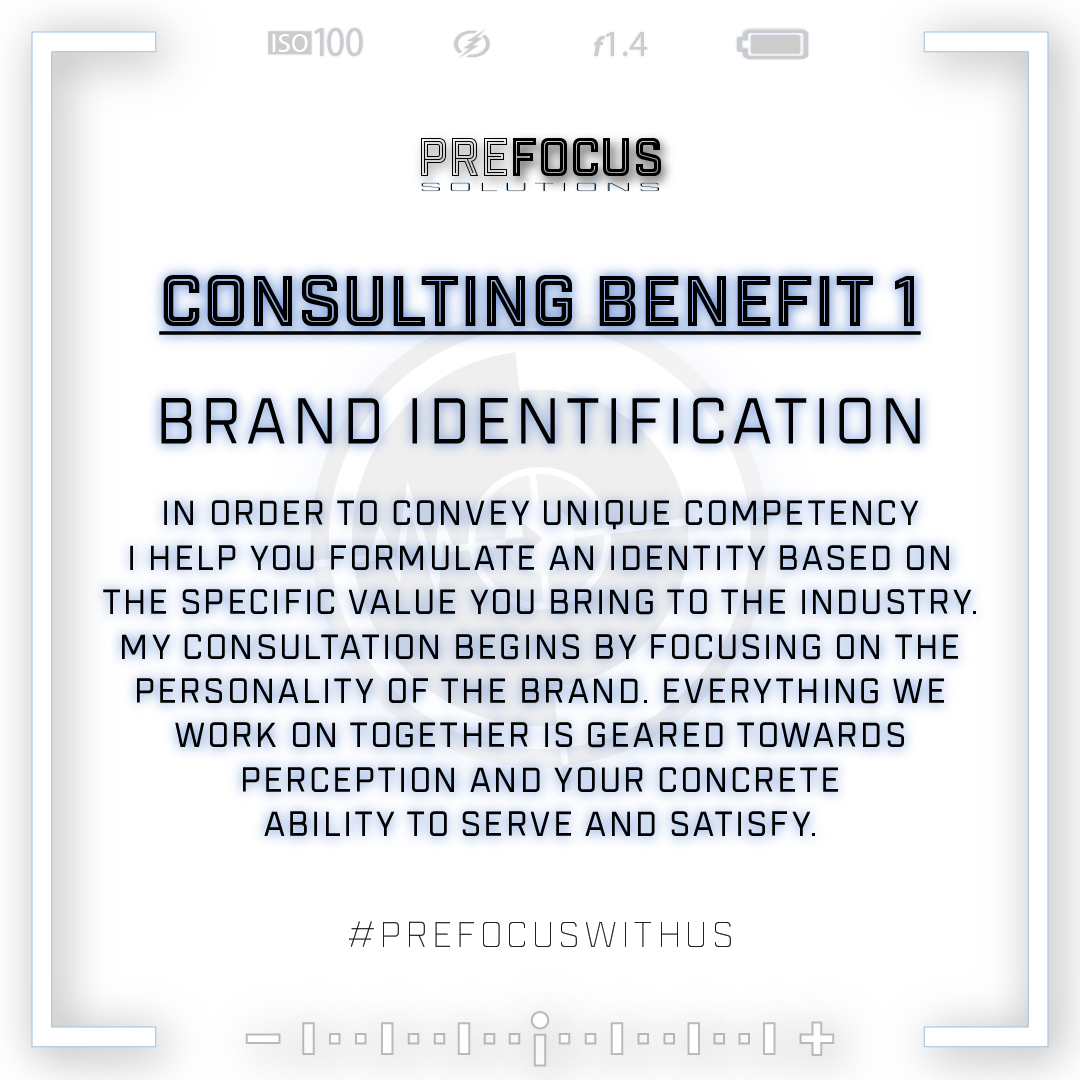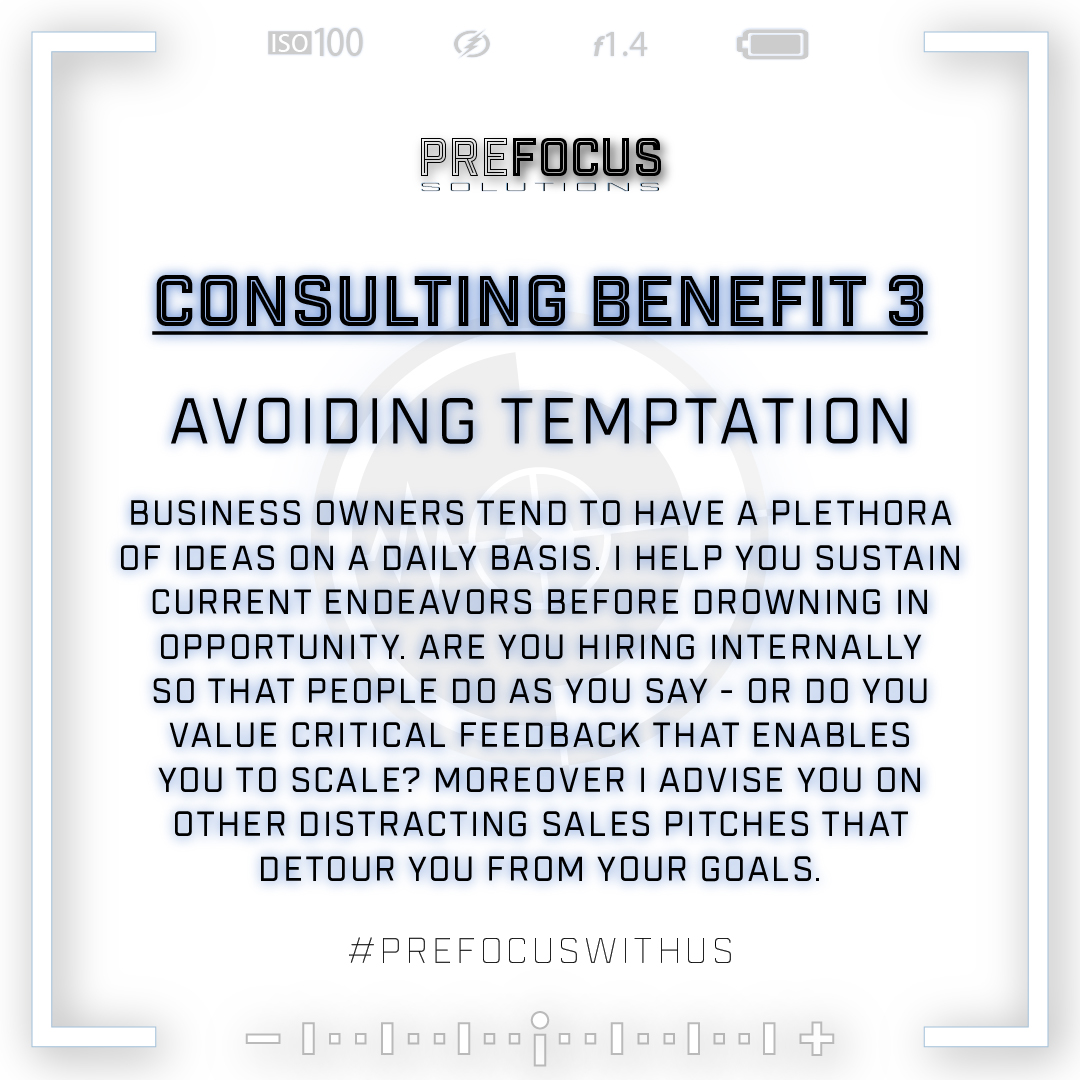What are the Repercussions of Copying Competitor’s Content?
Repercussions of Copying Competitor's Content
Since content marketing went into full swing around 2011, marketers and agencies have been pushing out blog strategies left and right. From my experience in the industry, many ideas are derived from their client's direct competitors. Although this isn't always the case (depending on how much money a client invests), I wanted to talk about this initiative and how it can eventually damage brand loyalty and an ability to scale.How Content is Being Duplicated.
Content has become king in the marketing realm. No matter the purpose or strategy, brands have finally realized that stockpiling content can be very beneficial. Not only does relevancy and expert opinion persuade, but it heightens the reach of companies looking to expand their following. The problem is, duplicate content creates quite a bit of vulnerability in the marketplace. Ideas and complimentary strategies are now publicly exposed for savage marketers to analyze, critique and copy. But before we get into the “why” behind all of this, let’s look at how these “strategists” are copying competitor’s content.
1. Copywriting Tactics out of Envy.
It all begins with blog articles, just like this one. As soon as a blog is received well by a target audience, most marketers (especially direct competitors) take notice. The easiest way for these businesses to combat success by a competitor is by rewriting the article with their own “lingo.” You see this on Facebook all the time with guys targeting suckers to click on a step by step guide (sales funnel) to make a million bucks. I’ve also seen copywriting duplication done in advertisements and even in testimonials.
2. The Head-Scratching Theft of Design Elements.
Similar to copywriting, well-performing designs are frequently mimicked by competitors or new to market brands. This can include website design, print mailers, business cards, logos, or even social media posts (memes).
3. Brand Messaging and Voice.
One of the most common forms of duplication comes in the mold of a brand persona. In other words, the identifying factors (personality) or characteristics of the business. This happens when a brand takes notice of consumers appreciating the way they’re spoken to by a competitor. Duplication here, surrounds empathy and a brand’s ability (or inability) to communicate their culture.
4. Standardized Imagery and Media.
Although I can’t necessarily say that imagery is “copied” – it definitely is recycled. Stock photos started to rise this decade, especially in certain industries. If you take a look at medical websites, you’ll see a number of popular images over and over again. The new trend for video is the white board and other plug and go animation templates. No matter the message, they all seem the same to me.
Why Are Marketers Copying Competitor’s Content?
In today’s age, it seems as though branding, marketing and sales is all thrown into one bucket. Companies are launching left and right and fail rates are higher than ever. Cyber space gives a handful of people an opportunity to bring their ideas to life – even if they aren’t thought out very well. So, what gives people the confidence they can overcome and why are they duplicating content?
1. A Lazy Perspective Obsessed with Shortcuts.
We live in a time where most everything is predicated on convenience, speed and return. The problem is, this is a terrible approach for business – Yet, it’s the basis of many hustler’s business models. Our social media feeds are filled with promotions selling us there’s a way to curate content, get more clients and make money faster. It’s not a reality though, and it really comes down to pure laziness. It seems like most entrepreneurs believe they can follow someone else’s strategy and literally make it their own. Since someone else already had success that way, they believe they can too.
2. A Culture Chasing Trends.
Whether it’s National Donut Day or Snapchat released a new filter, many of us try to leverage trending topics. Some brands (especially personal brands like bloggers) spend a majority of their time chasing exposure this way. People believe they can compete with the 900,000 other people talking about the same thing (year over year mind you) and come out on top. Even with a thoughtful strategy, it can be very difficult to garner recognition through short-lived topics crowded by attention-thirsty users. Not only are trends convoluting certain topics for the wrong reasons (such as chasing likes or acceptance), but it derives from the aforementioned lazy epidemic.
3. Inexperience and Lack of Education.
One of the most upsetting aspects of marketing (to me) is that so many businesses hire affordable social media managers or bloggers to handle their inbound efforts. Most of these amateurs are looking to support their own personal interests such as traveling. They aren’t necessarily specialists, but they’re hired because they know more than the business owner.
So, where do you think they get their content ideas from? They’re copying other blogs within the industry and changing around the language as I mentioned before. You see this often in oversees teams, especially with design. Why do they do this? Because they’re not educated in the process and only interested in banging out as many deliverables as they can so they can get paid. Some agencies will also hire these types of freelancers when their clients invest in minimal retainers. You get what you pay for.
This is prevalent with one of my clients. We’ve been building a brand persona for 5 months and a new competitor recently came to market with the same messaging. They mimicked everything from designs to emotional targeting. They have the ability to build a similar product, but lack the experience to position it with an original purpose that resonates. It’s only a matter of time before consumers see them as a phony alternative because we’ve taken the time to establish an identity.
Consequences of Duplicating Competitor’s Content.
Duplicating content may seem like an easy way to engage or compete, but the repercussions can backfire dramatically. If you follow my brand message at all, you know that I lean heavily on originality and authenticity. Incorporating your origin or “why” story in your marketing efforts not only establishes an identity, but it conveys a brand people can trust and relate to.
1. Standing Out Through Differentiation
When you copy competitor’s content, you’re not harnessing the differentiating factors you’re attempting to bring to the market. Aside from throwing yourself into a bucket of options, you’re also hindering competence and credibility. If someone is in the decision-making phase (to make a purchase or investment), they’re going to choose the message that speaks to them best. Consumers are beginning to invest more money in brands they feel they can trust or believe in. When you curate information just to enhance reach, you’re not standing out and grabbing their attention. This is why branding is so important to the marketing spectrum.
2. Being Penalized By More Than Consumers
The mimicking of designs, blogs, and other forms of media is slowly being addressed by search engines and acknowledged by users. Many business owners and entrepreneurs aren’t even aware that search engines actually penalize websites that duplicate content or plagiarize copy and imagery. Taking shortcuts or copying success actually costs more time and money than investing in an original strategy itself. Feel free to monetize this yourself. If being labelled phony or misleading isn’t enough to persuade you, then an inability to rank for keywords should.
So, What Can You Do?
Building a brand takes work and no amount of shortcuts will expedite a brand’s ability to sustain and scale. If you’re taking the time to bring a product or idea to market, I urge you to be as purposeful as you can. As I mentioned before, cyberspace has given people with ideas an ability to launch their “solution” without much thought. The brands that succeed are the one’s that take the time to establish an identity and position their value. As the online marketplace continues to evolve, brand perception will begin to factor in.
The cold hard truth is that copying competitor’s content only creates convoluted options for consumers to choose from. Establishing value propositions and positioning them accordingly will do wonders for your brand. I encourage you to avoid the repercussions of this epidemic by investing in an original strategy with an authentic prefocus. Especially if you value doing things right the first time.











 Thanks for taking time out of your day to check out some of the benefits of my brand consultation services. Aside from the generality, I truly hope you were able to take away something from this list. If not, I’d love to hear how I can communicate more effectively.
Thanks for taking time out of your day to check out some of the benefits of my brand consultation services. Aside from the generality, I truly hope you were able to take away something from this list. If not, I’d love to hear how I can communicate more effectively.










